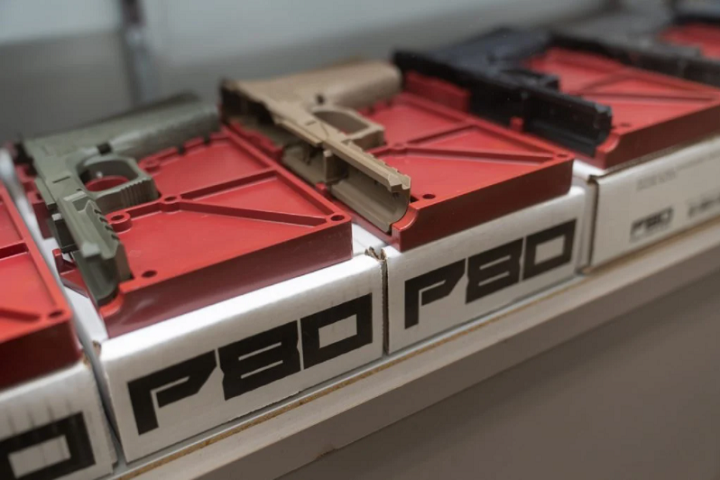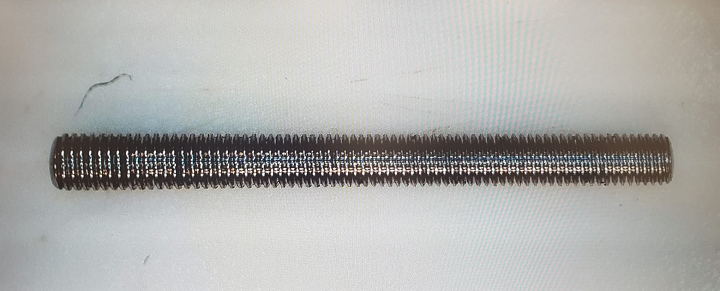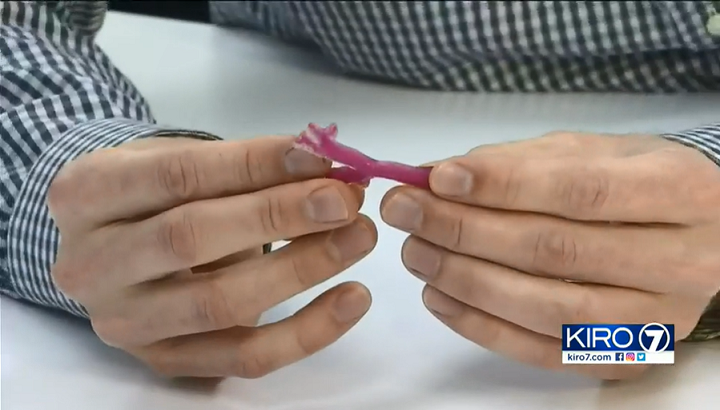In today’s 3D Printing News Briefs, we’ve got an updated software release to tell you about, followed by news of a medical device startup using Nanofabrica’s Tera 250 micro AM system. Continuing with medical news, Seattle Children’s Hospital recently used 3D printing to save a child’s life. Finally, a leaked report reveals that the fear of extremists getting their hands on 3D printed ghost guns is growing.
Thor3D Announces Calibry Nest Software Update
Moscow-based Thor3D just released the latest version of its Calibry Nest software, and it sounds like Version 3.4 has a lot of helpful new features and functionalities that users will really appreciate, on top of the fact that the software is also free and unlimited anyway. For starters, Calibry Nest v3.4 has a pop-up welcome screen when the program is started, giving users the ability to quickly find their latest project, check out the latest company news, and even take a tutorial.
Calibry Nest v3.4 offers support for a 3D mouse, and features sound notifications for when post-processing is completed, which is pretty handy for users dealing with large data sets. It also has new stereo-marker tracking, which makes it quicker, faster, and more reliable to scan using markers, and a priority mode, which is a selection brush that enables users to show which part of the scan is most important for greater accuracy. Other new features include a bridge function for filling holes, undo/redo for selection tools, more ease of use during post-processing, and a Magic Brush, which lets users correct texture on the model without having to export it into Photoshop first.
AntiShock Using Microscale 3D Printing
ICU patients can often suffer from intravenous (IV) fluid overload, which can lead to many issues, but Israeli medical device startup AntiShock created a disposable, non-invasive, continuous monitoring system to measure the systemic fluid responsiveness of patients. This system is based on a tiny electro-optical sensor, built out of small, moving mechanical components that need to be both accurate and strong. The startup originally used CNC and SLA 3D printing for its R&D stage, but these technologies were unable to accurately create a tiny, highly detailed component about 1 mm in diameter.
Enter micro 3D printing provider Nanofabrica, which was able to use its Tera 250 micro AM platform to not only print the component, but, as 3D Evaluate detailed in a case study, also achieve a small size thread, with non-standard pitch, and fit a teeny screw on top. Everything had to be a perfect fit, and the 3D printed component also had to be strong enough to hold up under its eventual mechanical loads. Using Nanofabrica’s technology, AntiShock was able to solve their problem in less than a week and create the tiny, accurate, 3D printed component.
3D Printed Model Saves Life at Seattle Children’s Hospital
Nia Mauesby was born in 2019, and her mother, a pediatric ICU nurse at Seattle Children’s Hospital, saw that the girl’s coloring and breathing were off, and realized something was wrong. Doctors at the hospital’s ER determined that the newborn had a condition called right bronchial stenosis, in which the right breathing passage leading to the lung was very narrow, and pediatric otolaryngologist Dr. Kaalan Johnson decided that a 3D printed model of Nia’s airway would not only help prepare his team for the surgery, but also give the family a better understanding of what was going on with Nia. Working with Seth Friedman, the manager of innovation imaging and simulation modeling at the hospital, Dr. Johnson used a Stratasys J750 Digital Anatomy system to 3D print a model out of materials that mimic human tissue, and the surgical team was able to practice on the model ahead of the surgery.
“When you’re doing something like we did for Nia, which is a slide tracheoplasty, the first move, once you get to the airway, is to transect that narrowed portion,” Dr. Johnson explained. “That’s a step you can’t walk back from so you really have to be precise about how that is placed.
“Actually making the incisions and performing the surgery on this model, and it results in an airway that’s much bigger, shorter, but much more functional for the patient. We’re that much more prepared for the procedure.”
Nia’s mother carries the model of her daughter’s airway in her purse to help explain the story to others, and Nia herself has a 3D printed unicorn model that Friedman made her for her second birthday.
Fear Grows Over 3D Printed Ghost Guns

Polymer80 80 percent frames for sale at a store in El Cajon, California. Image courtesy of Bing Guan, Bloomberg.
We’ve known for a while now that 3D printed ghost guns were a problem, but recently the issue has been getting worse, what with the untraceable guns themselves getting better and US Representatives introducing prohibitive legislature. Now, according to a recent leaked memo by the Joint Counterterrorism Assessment Team, we know that the federal government is getting more and more worried about extremists and white supremacists acquiring homemade guns created using 3D printers or DIY kits, and that the issue is considered a top public safety concern for law enforcement. The report shows that nearly 24,000 weapons without serial numbers were recovered at crime scenes between 2016 and 2020, and that the number of ghost guns found on convicted felons, and others prohibited from owning firearms, doubled from 2018 to 2019. Ghost guns, also called “Privately Manufactured Firearms” or PMFs, are so dangerous because they can be acquired without background checks, and due to their lack of serial numbers, they’re almost impossible to be traced. The counterterrorism report warns investigators to watch for criminals who order large quantities of weapon parts to states that have restrictive gun laws, use false ID to purchase 3D printing services, and search online for instructions on assembling ghost guns.
“Whether you are international terrorists, domestic terrorists, or violent extremists… they don’t want to have anything that traces them back. Their go-to is to try to get a hold of a private firearm because of the belief that [law enforcement] will never be able to figure out where this weapon came from,” said Mike Sena, director of the Northern California Regional Intelligence Center, a joint law enforcement intelligence hub.
“If you’re a member of a terrorist organization or a violent extremist group or you’re just somebody that wants to commit a mass casualty attack, the problem is that, prior to that event, we have no indicators that that person has a weapon. When we run that person for firearms, nothing will show up.”
Subscribe to Our Email Newsletter
Stay up-to-date on all the latest news from the 3D printing industry and receive information and offers from third party vendors.
You May Also Like
Precision at the Microscale: UK Researchers Advance Medical Devices with BMF’s 3D Printing Tech
University of Nottingham researchers are using Boston Micro Fabrication‘s (BMF) 3D printing technology to develop medical devices that improve compatibility with human tissue. Funded by a UK grant, this project...
3D Printing Webinar and Event Roundup: April 21, 2024
It’s another busy week of webinars and events, starting with Hannover Messe in Germany and continuing with Metalcasting Congress, Chinaplas, TechBlick’s Innovation Festival, and more. Stratasys continues its advanced training...
3D Printing Webinar and Event Roundup: March 17, 2024
It’s another busy week of webinars and events, including SALMED 2024 and AM Forum in Berlin. Stratasys continues its in-person training and is offering two webinars, ASTM is holding a...
3D Printed Micro Antenna is 15% Smaller and 6X Lighter
Horizon Microtechnologies has achieved success in creating a high-frequency D-Band horn antenna through micro 3D printing. However, this achievement did not rely solely on 3D printing; it involved a combination...
































